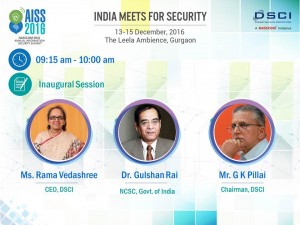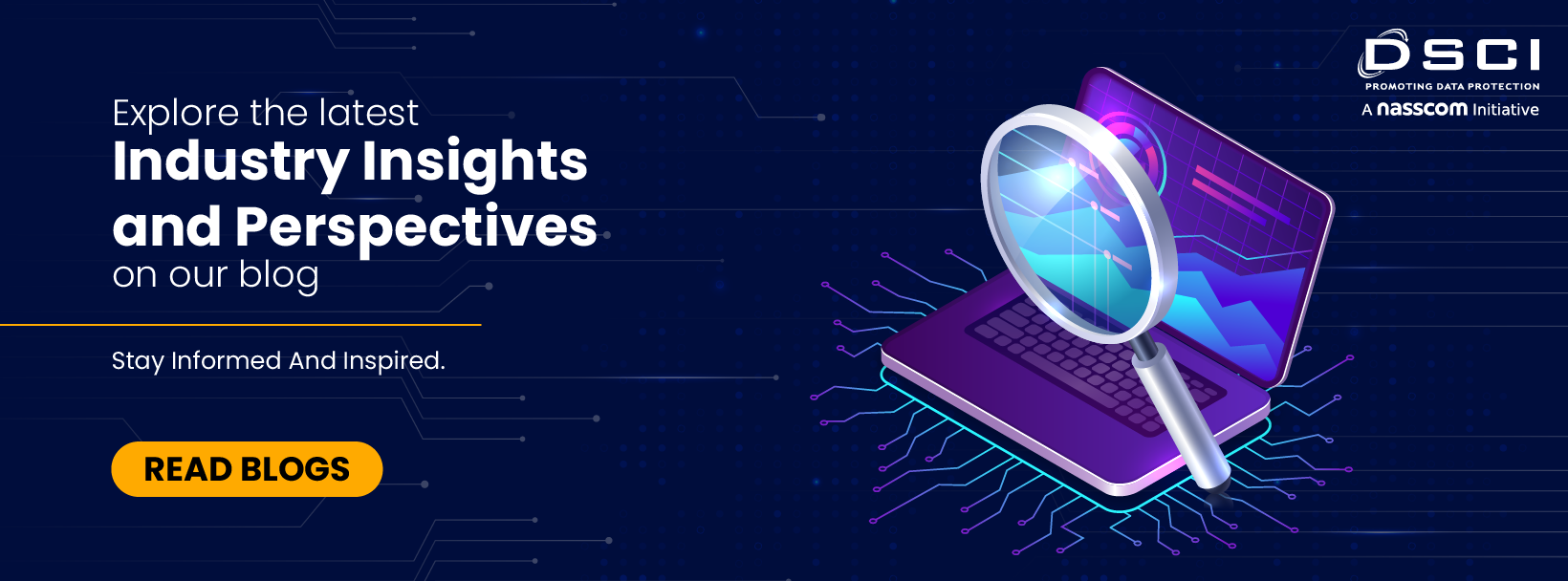 Dr. Gulshan Rai has been attending the DSCI Summit since the past 5 – 6 years, and he said that this year it being staged in Gurgaon was in itself a paradigm shift of sorts. In his words, Cyber Security ICT should be considered as part of national infrastructure. Increasingly, we are moving towards a situation where internet will be the de facto national infrastructure and the vital component of social development.
Dr. Gulshan Rai has been attending the DSCI Summit since the past 5 – 6 years, and he said that this year it being staged in Gurgaon was in itself a paradigm shift of sorts. In his words, Cyber Security ICT should be considered as part of national infrastructure. Increasingly, we are moving towards a situation where internet will be the de facto national infrastructure and the vital component of social development.
In many countries, especially the EU and G8 nations, the contribution of internet to the national GDP is quite high. In the next decade, in India too, we can expect the contribution to be as high as 10%. This is distinctly possible, given the rapid scale of development witnessed in the last few years. For instance, today the country is dotted with more than 225000 ATMs and in addition some 700 million Debit and Credit cards are being used. Who would have imagined? The penetration of mobile with more than a billion connections is quite phenomenal. Every brand of mobile that has fan following in other parts of the world, can also be found here. Globally, there are close to 5 billion users who are connected today.
Today, about a 100 nations have Cyber Security infrastructure of which at least 50 have Cyber Security strategy. India being one. Interestingly, these strategies undergo changes every 3 – 4 years. In India, it was announced last in 2013 and practitioners are increasingly getting restless about the next update.
Technologies which include Social Media, Virtual Reality, and IoT have had a tremendous impact in the last 5 years and seen to be growing at an exponential pace. With this kind of rapid growth, we can be certain that the next 5 – 6 years will be most challenging. The sophistication of technologies has led to increased vulnerabilities in terms of velocity and complexity of cyberattacks. The Cyber weapons and Malwares are getting stronger and more powerful, which makes analysis even more difficult. In its wake, distinction between cyber terrorists, spies, hackers and their ilk is getting blurred. This often raises the question – is software our friend or foe? This brings us to the next level. Just as there are threats, it also spells out increased opportunities in cyber policy formulation and its accompanying strategies.
The Hon’ble Prime Minster had said at NASSCOM’s 25th year celebration, Cyber Security was a major thrust area – a deepening thought which resonated with all the global leaders that he had met. Increased focus on capacity development to address this challenge was need of the hour. The whole approach should be about facilitating the government and industries as they try and address this challenge. While the basic framework is in place, MoUs are being signed etc, and certainly it marks a good beginning, but a lot more needs to be done. He appealed to the industry, when consultants are assigned, they should be sensitized at looking at the challenge in a holistic manner.
He also touched upon Ransomware, Denial of Service, Malware and Cyber espionage and alerted us on the precautions that need to be taken. In the next 10 years, 50 billion devices will be connected so naturally policies today will have to factor in that kind of shift.
Once again he urged the industry to come together and work with the government. This can only happen through a sense of shared responsibility which leverages partnership models. He emphasized on three areas: Capacity building, tech development and finally, implementation. Active and intelligent participation was the crux.
